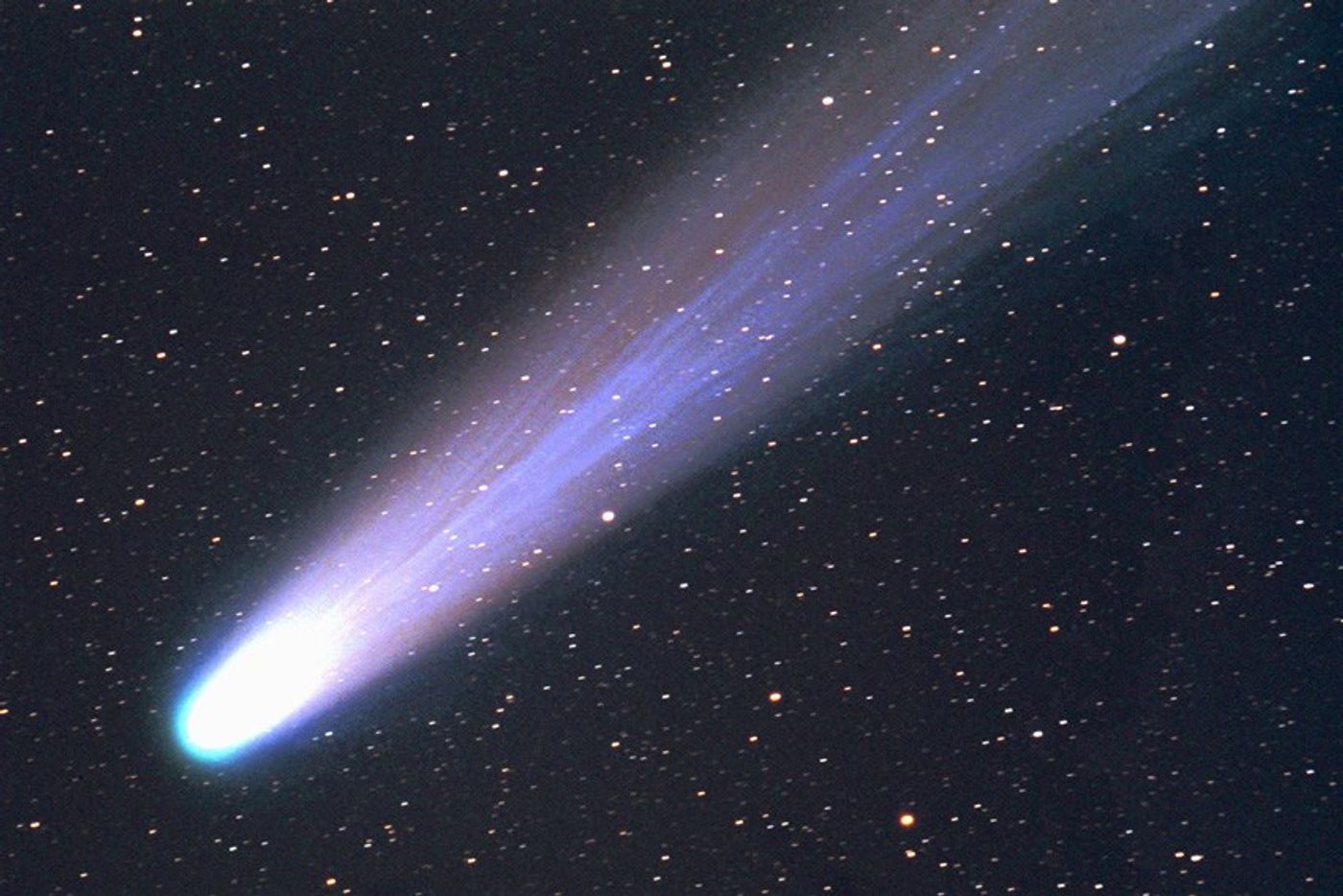Where Did Comets Actually Come From?
There has been a long-standing belief that asteroids, comets, and other kinds of space rocks might all actually be leftover debris floating through space as a result of collisions that happened between planets and other space rocks millions or billions of years ago.

On the other hand, comets are somewhat of a mystery because their composition is very different than other kinds of space rocks. Their nuclei are made up of an icy composition with traces of all kinds of different frozen matter, including solids and gasses, while asteroids tend to just be solid rocks and minerals.
Because comets are so unique when compared to other space rocks, scientists believe they may have come from a source other than collisions. More specifically, they could be remnants of the early Solar System that formed in the solar nebula and have yet to clash into anything, making them primordial.
The findings of a recent study about comets has appeared in Astronomy and Astrophysics and delves into the origin of comet nuclei to learn more about where they came from.
Using data that was collected about comet 67P from the European Space Agency’s Rosetta Spacecraft OSIRIS Rex camera, samples from previous NASA sample missions, and even data that has been collected from spacecraft nearby these interesting icy spatial bodies, scientists led by Björn Davidsson of NASA’s Jet Propulsion Laboratory (JPL) studied comets and other Trans-Neptunian objects (TNOs) from our Solar System and have determined that comets must be left over from the formation of the Solar System.
"While larger TNOs in the outer reaches of the Solar System appear to have been heated by short-lived radioactive substances, comets don't seem to show similar signs of thermal processing. We had to resolve this paradox by taking a detailed look at the time line of our current Solar System models, and consider new ideas," Björn said in a statement.
"Comets do not appear to display the characteristics expected for collisional rubble piles, which result from the smash-up of large objects like TNOs. Rather, we think they grew gently in the shadow of the TNOs, surviving essentially undamaged for 4.6 billion years," Björn continued.
Instead of being the result of massive collisions as we once thought, comets may have actually slowly built themselves through gravity by clumping together all of the matter that was floating around in our early solar system.
Lacking the evidence of thermal effects, it appears they’ve stayed cold in the darkness of space without bumping into anything else since their formation, allowing them to continue to exist how they do to this day.
Source: ESA








